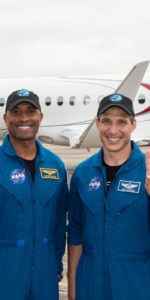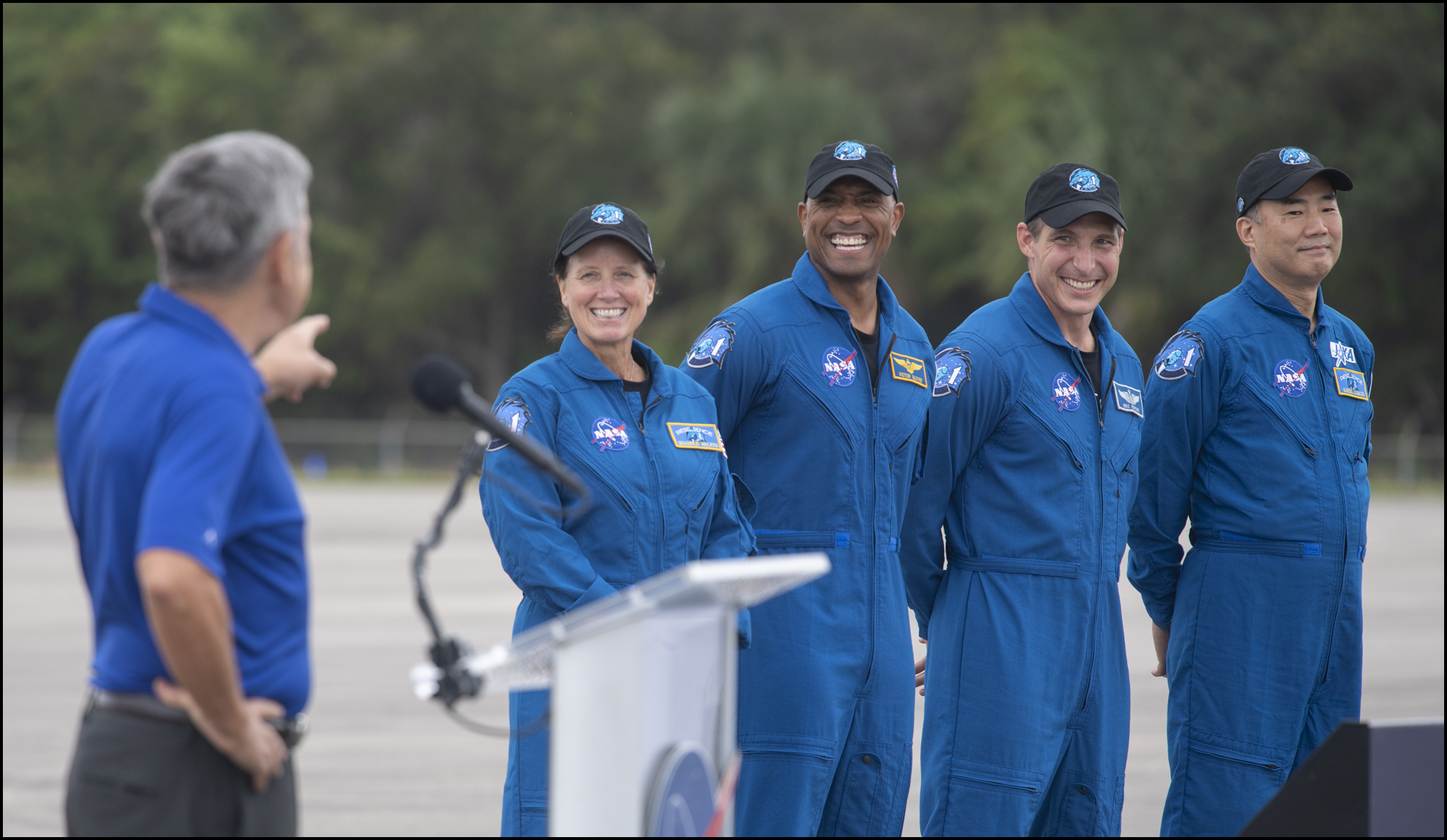
Four astronauts with a cumulative 506 days in space between them, more than 7,900 orbits of Earth and over 33 hours of spacewalking are set to launch from historic Pad 39A at the Kennedy Space Center (KSC) in Florida as early as 7:49 p.m. EST Saturday.
Dragon Resilience Commander Mike Hopkins, Pilot Victor Glover and Mission Specialists Shannon Walker and Soichi Noguchi arrived on the Space Coast on Sunday and are completing their last few days in quarantine, inspecting their Falcon 9 rocket, their Crew Dragon spacecraft and their suits and equipment, ahead of an anticipated six months aboard the International Space Station (ISS) as part of Expedition 64. In Part 1 of a two-part story, AmericaSpace looks at the respective careers of Hopkins and Glover.
Leading Crew-1—the first “operational” rotation of crew members to the station, previously designated “Post-Certification Mission (PCM)-1” in NASA parlance—is Michael Scott Hopkins, who was recently selected for transfer as a colonel in the U.S. Air Force to the equivalent rank in America’s newest military arm, the U.S. Space Force. As such, “Hopper” becomes the first USSF astronaut.
In comments made during Sunday’s crew arrival, he explained that the transfer “definitely was a request” and expects to be formally sworn into the Space Force whilst aboard the ISS. He added that having worked with Air Force Space Command—which transitioned into the Space Force in December 2019—he was “already working and talking” with the service and highlighted the “pretty special” closeness between NASA and the military.
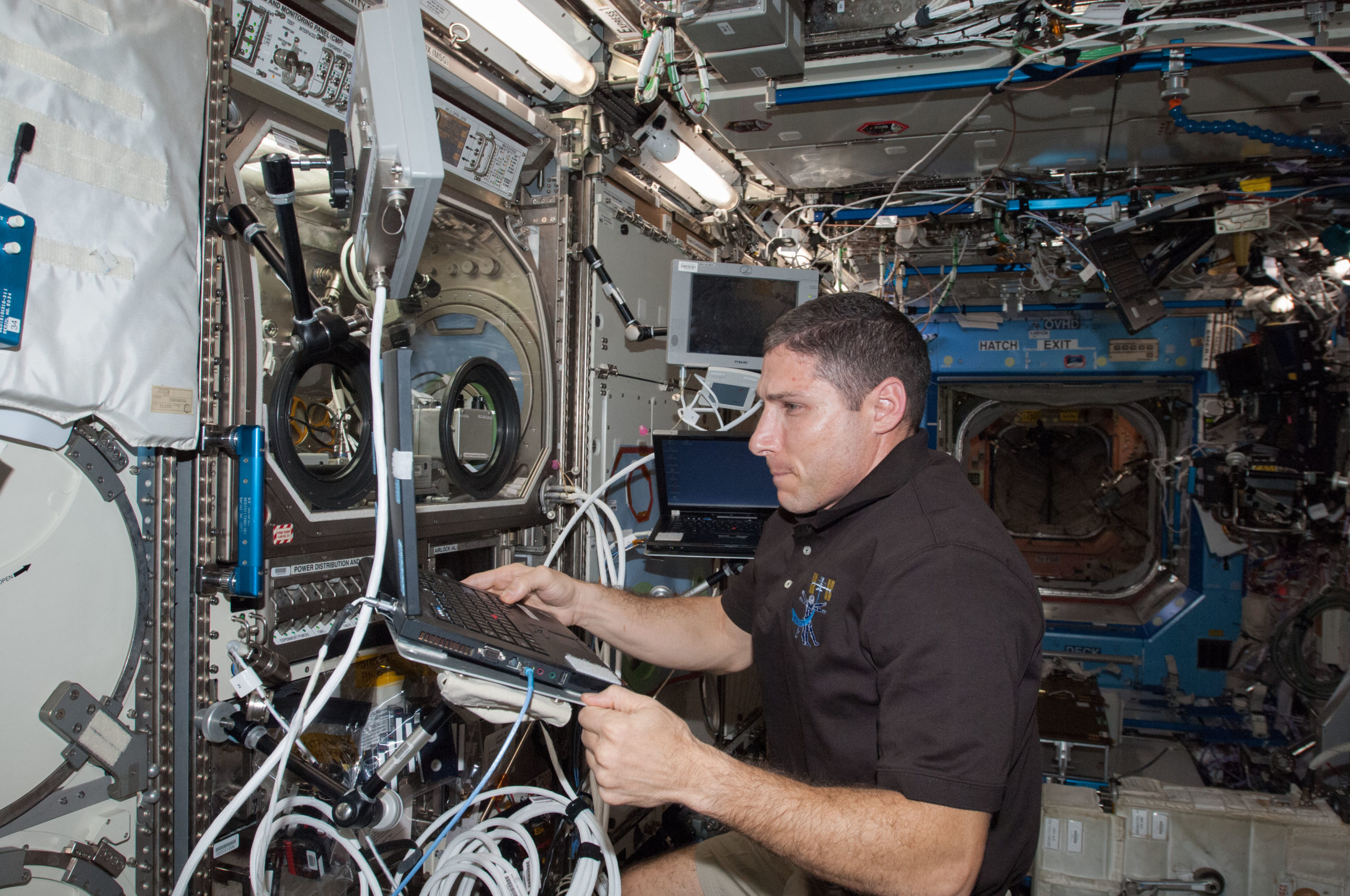
Hopkins was born in Lebanon, Miss., on 28 December 1968 and grew up on a farm. After graduating from high school, he entered the University of Illinois at Urbana-Champaign to study aerospace engineering. Whilst there, he played defensive back from the Illinois Fighting Illini football team. Upon receipt of his degree in 1991, Hopkins earned a master’s credential in aerospace engineering from Stanford University a year later.
He then entered the Air Force, via the Reserve Officers Training Corps (ROTC) at the University of Illinois, and was commissioned a second lieutenant in 1992. His early career at Kirtland Air Force Base in Albuquerque, N.M., saw him working on advanced space system technologies and in 1996 he attended Air Force Test Pilot School at Edwards Air Force Base, Calif., achieving the accolade of Distinguished Graduate at the top of his Flight Test Engineer class. Hopkins was assigned to the 418th Flight Test Squadron, testing the C-17 Globemaster III and C-130 Hercules military transport aircraft.
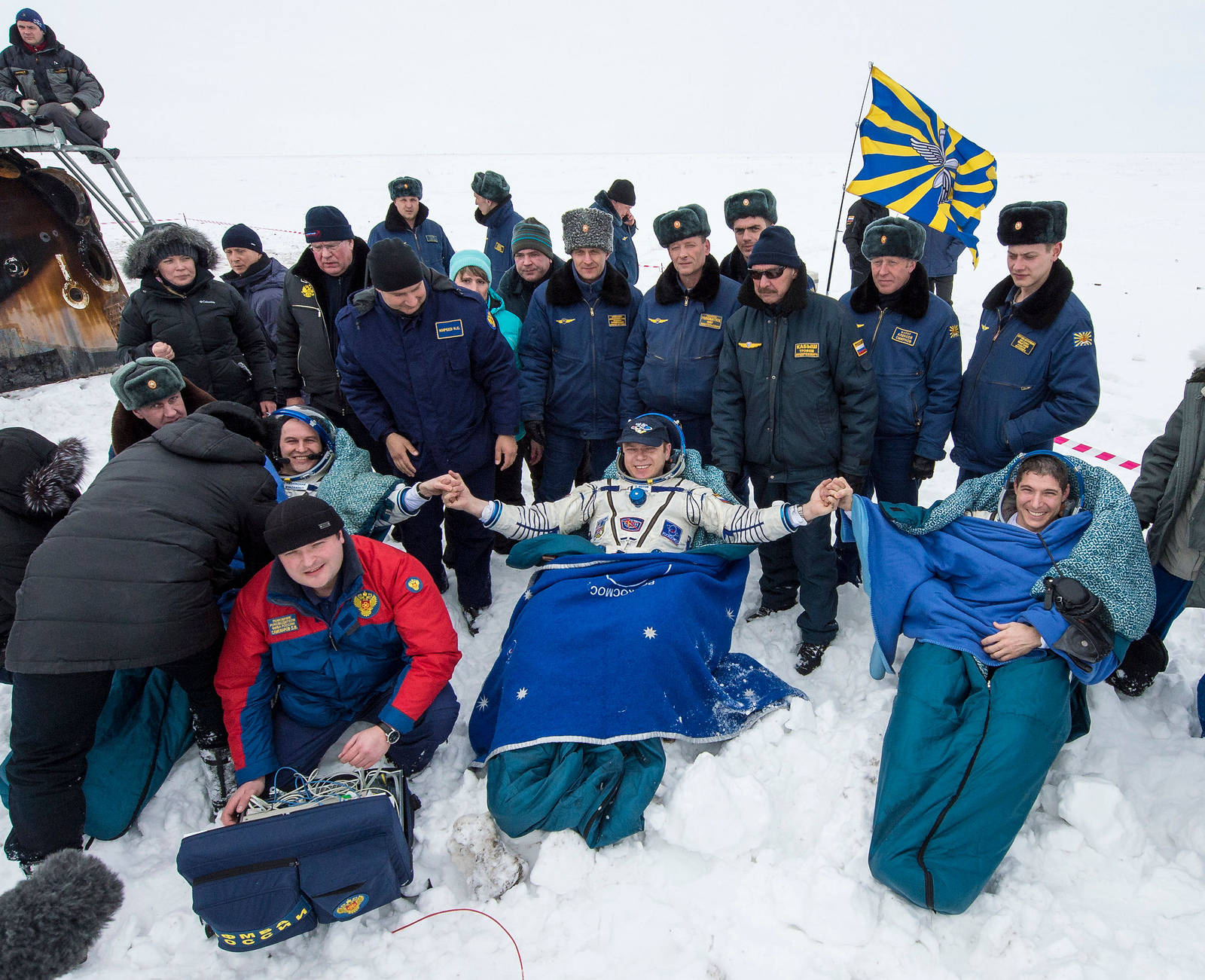
An exchange program assignment to the Canadian Flight Test Center came in 1999, followed by selection to attend the Defense Language Institute in Monterey, Calif., in 2002, before Hopkins was sent to Parma in Italy to study political science at Università degli Studi di Parma. Returning to the United States in 2006, he was assigned to the Rapid Capabilities Office at the Pentagon as a project engineer and program manager. He was serving as a special assistant to the Vice Chairman of the Joint Chiefs of Staff when selected into NASA’s astronaut program in June 2009.
Upon completion of Astronaut Candidate Training, Hopkins became the first member of his class (nicknamed “The Chumps”) to draw a mission assignment, when he was named as a flight engineer for Expeditions 37/38 in February 2011. He launched aboard Soyuz TMA-10M from the Baikonur Cosmodrome in Kazakhstan, shoulder to shoulder with Russian cosmonauts Oleg Kotov and Sergei Ryazansky, on 25 September 2013, to begin a six-month tour of duty on the ISS.
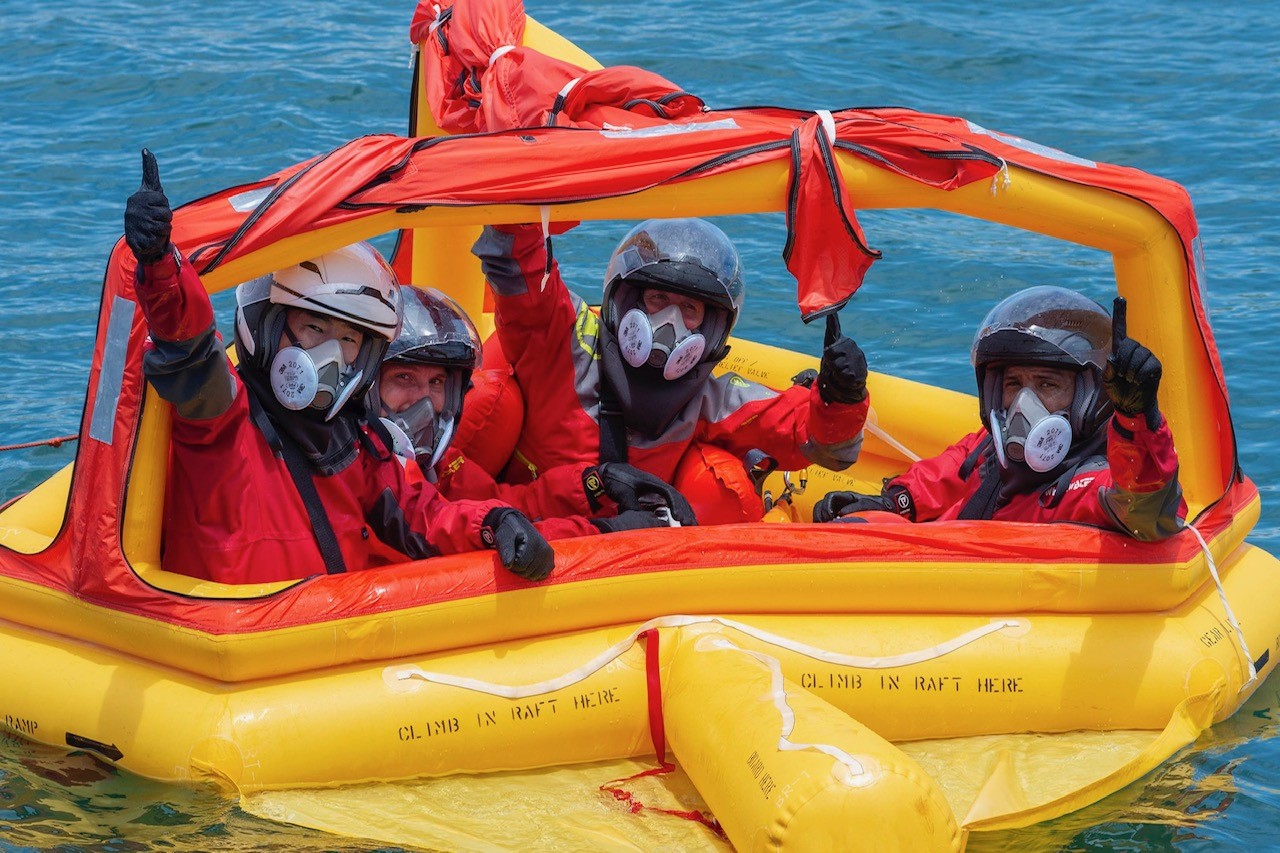
During his stay, Hopkins supported hundreds of research experiments, assisted with the arrival of three unpiloted visiting vehicles and participated in two sessions of Extravehicular Activity (EVA), totaling 12 hours and 58 minutes. He returned to Earth on 11 March 2014, wrapping up 166 days, six hours and 27 minutes and 2,580 orbits of the globe.
Following his return home, Hopkins completed several technical duties, including deputy chief for the Mission Support Crew Branch and assistant to the chief of the astronaut office for the Commercial Crew Program. Amid great fanfare in August 2018, he was named with Victor Jerome Glover to the first operational Crew Dragon mission. Glover comes from Pomona, Calif., where he was born on 30 April 1976. A keen athlete, he graduated from Ontario High School in California in 1994 and was awarded Athlete of the Year. He then entered California Polytechnic State University on a Wrestling scholarship and earned a degree in general engineering in 1999.
Glover entered the U.S. Navy and after completion of flight instruction in Kingsville, Texas, in 2001 he trained to fly the F/A-18C with the Marine Fleet Replacement Squadron in Miramar, Calif. He was later assigned to the “Blue Blasters” of Strike Fighter Squadron VFA-34 in Virginia and deployed aboard the U.S.S. John F. Kennedy on its final mission in support of Operation Iraqi Freedom.
Whilst on deployment, Glover completed a Space Systems Certificate from the Naval Postgraduate School. He attended Air Force Test Pilot School at Edwards in 2007 and subsequently tested weapons systems on the F/A-18 Hornet and Super Hornet and FA-18G Growler. Glover currently holds master’s degrees in flight test engineering, systems engineering and military operational art and science.
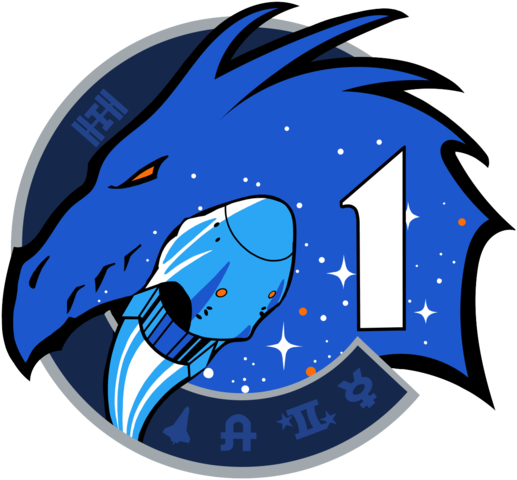
Following Air Command and Staff College at Maxwell Air Force Base, Ala., he was assigned to the Dambusters of Strike Fighter Squadron VFA-195 in Atsugi, Japan, where he served as a department head, deploying three times to various locations in the Pacific Ocean.
In 2012, Glover was selected for the Legislative Fellowship and reported to the Office of Legislative Affairs in Washington, D.C., assigned to the office of U.S. Senator John McCain. He was a Legislative Fellow in the Senate when selected as an astronaut candidate in June 2013. Nicknamed “Ike”—for “I Know Everything”—Glover’s talents will certainly be called upon on this forthcoming mission.
The second part of this article will appear on Thursday and will focus on Crew-1 Mission Specialists Shannon Walker and Soichi Noguchi.
.
.
FOLLOW AmericaSpace on Facebook and Twitter!
.
.




